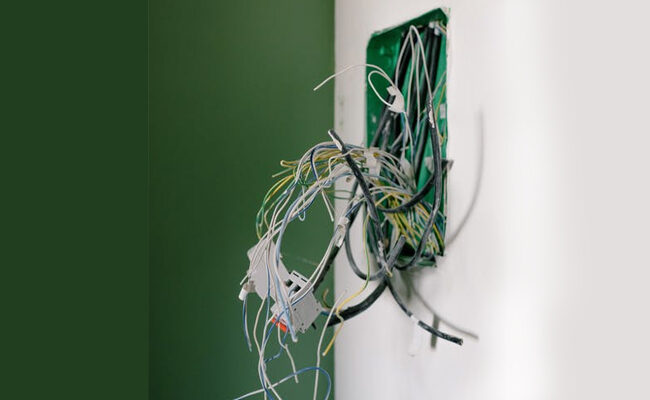
Electrical fires in domestic setups cause about 5100 fires which lead to more than 500 deaths and a loss in property valued at $1.3 billion per year in the United States. Faulty wiring is a serious issue as it is the main causal factor behind home fires.
Having your home electrical circuit keenly looked at by a licensed electrician will help you avoid these devastating damages. Moreover, it will ensure you maintain safety measures as directed by the regulatory bodies.
Here are things to keep in mind when working on electrical wiring for house projects.
1. Consider Size During Electrical Wiring for House Projects
Note that the wire and cable are two different things. Wires are responsible for transmitting electricity while cables hold several wires together. The American Wire Gauge system standardizes the diameters for the metal conductors.
The size of the wire shows how much amperage it can safely handle. The capacity of the wire, its intended function, and the wire gauge are important things to consider when choosing the size of your wire.
At etdelectricalservices.com, professionals are very keen on providing you with the right wire.
2. Understand the Electrical Code for Colors
We have all witnessed how color-coding in electrical wires can be vital when someone is trying to defuse a bomb. Take your time to understand electrical cod for colors as it can help you understand the use of the wire.
It also helps you maintain a standard in your circuit loop. For instance, neutral conductors are white while ‘live’ wires come in either black or red.
3. Wiring Your Main Service Panel
The main service panel is an important part of your home circuit loop as it serves as the major distribution point of electric current.
Even though you might be tempted to do it yourself, calling in a licensed electrician to handle your main service panel is the best option. However, it’s advisable to have basic knowledge of how the panel works.
4. Indoor or Outdoor Wiring
Outdoor projects require different wiring from indoor ones because standard cables are suited for drier conditions with the protection of walls, floors, and ceilings.
On the other hand, direct burial cables are perfect for outdoors since you can install them underground even without a conduit. Solid vinyl encloses wires to maintain a moisture-free environment.
5. Number of Electrical Wires in a Conduit
Fill capacity is the maximum number of wires that is allowable in a conduit by the electrical regulatory bodies.
This capacity is dependent on a few factors. These include the gauge of the electrical wires, size, and material of the conduit. For instance, metal and plastic conduits may have the same size but different fill capacities.
Working on Electrical Wing for House Project
Equipping yourself with basic knowledge of electricity works can go a long way in avoiding fatal mistakes caused by faulty wiring. Always consult a licensed electrician to handle electrical wiring for house projects.
If you enjoyed reading this piece, browse this page to learn more about this and similar topics.
Leave a Reply